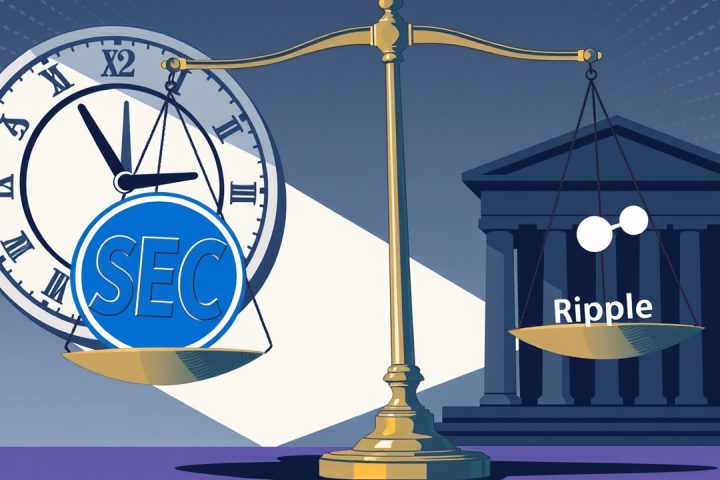Cryptocurrency Theft Case in Scotland
In a significant case unfolding in Scotland, two men, Robert Barr and Barry Letham, are facing prosecution for allegedly orchestrating a scheme aimed at pilfering nearly $23 million (£17 million) through a series of cryptocurrency thefts. The charges were revealed during their recent appearance in Glasgow’s High Court, where prosecutors outlined that the duo, purportedly in collaboration with unnamed accomplices, plotted their criminal activities between March and June of 2024, with at least one of them reportedly conducting planning sessions while incarcerated in Edinburgh.
Details of the Allegations
The accusations detail how Barr and Letham are said to have pinpointed several residences across Scotland and England, targeting occupants known for their valuable cryptocurrency collections. Evidence includes allegations that they discussed tactics for cashing in on these digital assets. Furthermore, the men face additional charges relating to a robbery at a property in Midlothian, where a cryptocurrency wallet, valuable jewelry, electronics, and keys were reportedly taken. Additionally, both individuals are implicated in preparations for a further theft at the same site, with intentions to extract a substantial sum in cryptocurrency.
Trial and Rising Crime Trends
As they maintain their innocence and plead not guilty, their trial is scheduled to commence in September 2026. This case emerges during a troubling time, as the prevalence of crypto-related robberies rises sharply. While Barr and Letham’s alleged plan targeted individual homes, there has been an alarming surge in violent “wrench attacks” against cryptocurrency holders, where victims are subjected to physical threats.
Marilyne Ordekian, a lawyer and researcher focused on information security at UCL, highlighted the rising frequency of such assaults, particularly during periods of soaring cryptocurrency values. She noted that aggressive attacks increase in correlation with Bitcoin’s price peaks, reflecting a trend seen during the cryptocurrency spikes of 2017 and 2021.
Wrench Attacks and Their Implications
Moreover, evidence from TRM Labs suggests that regions with high levels of cryptocurrency self-custody see a correspondingly elevated incidence of wrench attacks. According to Ari Redbord, Global Head of Policy and Government Affairs at TRM Labs, attackers often target individuals believed to hold significant assets outside traditional financial institutions. Ordekian also pointed out that many assaults go unreported due to victims’ fears of future repercussions.
However, in a twist of optimism, research indicates that a considerable number of wrench attacks do not culminate in the theft of cryptocurrencies. Data revealed that out of 105 reported cases, around one-third did not end with the criminals obtaining digital currency.
Advice for Cryptocurrency Owners
Despite the risks, virtually anyone involved in cryptocurrency is at potential risk of robbery, with attackers showing little regard for a victim’s security measures. Public figures in the cryptocurrency sphere, like influencers or founders, may attract particular attention from thieves. Ordekian noted that breaches of privacy, such as discussing crypto holdings in public settings or with acquaintances, heighten vulnerability, as even friends or colleagues might exploit this information for nefarious purposes.
To mitigate the risks associated with wrench attacks, Redbord offers practical advice for cryptocurrency owners, recommending they should:
- Be discreet about their holdings publicly.
- Utilize advanced security options such as multi-signature wallets.
- Consider storing assets in secure institutional-grade cold storage when feasible.




